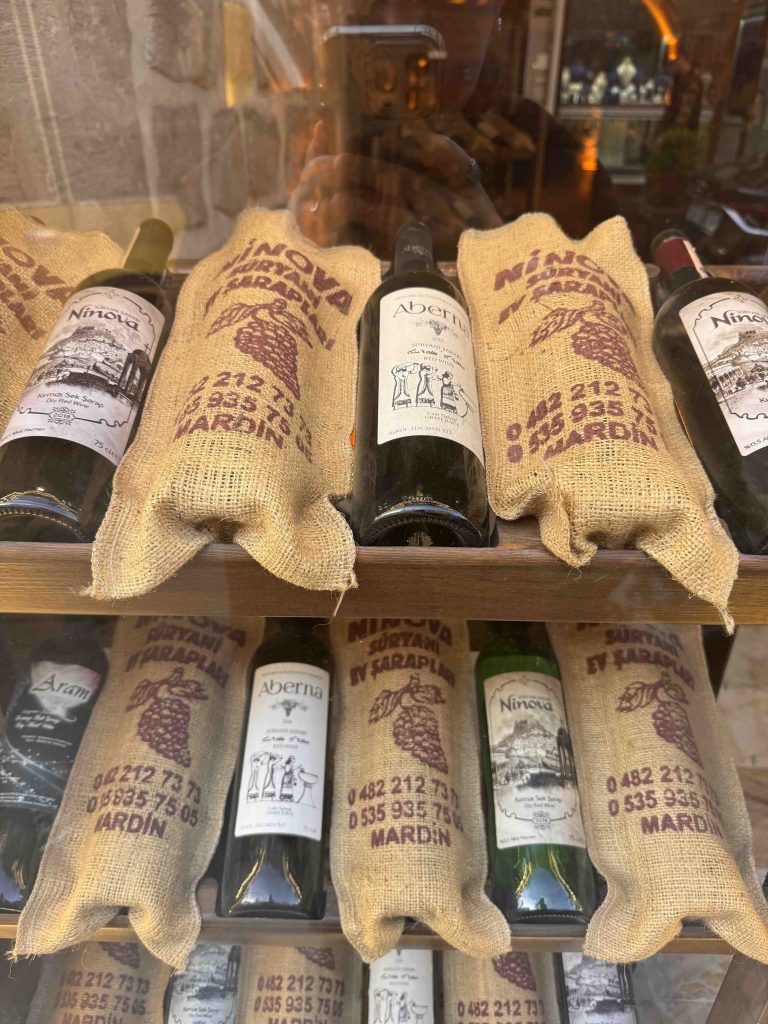While Turkey may not be the first destination that pops into your head when you think about wine culture (France, Italy, Georgia and even Australia probably take the cake), some of the oldest recovered evidence of winemaking comes from modern-day Turkey. Wine making in Turkey is successful for its Mediterranean location, mixed climate and history of occupation from many different empires have all assisted in wine making. Today, despite the overwhelming majority of the country identifying as muslim, wine making still occurs in some regions.
Table of Contents

The History Of Wine Making In Turkey
Wine making in Turkey has occurred for years for thousands of years—long before most modern wine countries even existed. Ancient civilizations like the Hittites, Greeks, Romans, and Urartians were all growing grapes and fermenting wine in Anatolia, thanks to its perfect mix of mountains, rivers, and sunshine.
Over the centuries, winemaking never fully disappeared, even during periods when alcohol was discouraged. Instead, it survived quietly through local traditions, family vineyards, and hardy indigenous grapes that adapted to every corner of the country.
The oldest grape seeds were discovered in Çayönü (in the Diyarbakır province). These grape seeds can be traced all the way back to 7000–6000 BCE and were believed to be used in the wine making process. The first found evidence of fermented grapes can be found in Hacılar Höyük (Burdur Province, Southwest Turkey) believed to be from 6000–5500 BCE.
In the Van region (Gürpınar Höyük), you can find basins believed to have been used in a more formalised type of winery for the princess of making wine. This site is from 3000 BCE.
By the late 19th and early 20th centuries, commercial wineries started popping up.
Wine Making In Turkey Today
After the 2000s, Turkey saw a real wine revival. Boutique wineries began experimenting with both native and international grapes, rediscovering ancient techniques, and turning Turkey into a serious (but still underrated) wine destination.
However, production doesn’t come without its challenges. Turkey has some of the most strict laws when it comes to alcohol advertisement and marketing. Also, alcohol products face very high domestic tax rates. There is a fixed tax on all alcohol products, as well as 20% VAT tax in addition.
Another challenge is entering the international market. Internationally, many people are not aware of Turkish grapes and with domestic tax so high, it makes for expensive wine to export.

Where Are The Best Places To Find Wine In Turkey?
That depends on the kind of wine you are looking for. The best overall can be found in Tekirdağ, North-Western Turkey. Tekirdağ has the highest concentration of boutique wineries and the close proximity to the sea allows for great grape growing conditions. Here you can find the following wines: Suvla, Chamlija, Arcadia, Melen, Barbare, and many others. The region produces excellent Cabernet Sauvignon, Merlot, Syrah, and Thrace-native Papazkarası.
Izmir, a popular seaside holiday destination in South-Western Turkey is also a great palace for wine. Here you can find large vineyard areas, with their specialties being Bornova Misketi, Chardonnay, Cabernet, and fruity rosés.
For local Turkish grapes, Diyarbakir is the best region. Here you can find native wines unlike other wines, mostly deep reds. Popular wineries include Kayra, Şiluh, Diren.
Come Try Turkish Wines!
On your next trip to Turkey, try skipping the familiar international labels and dive into the world of local Turkish wine instead. Turkey is one of the oldest wine-producing regions on the planet, yet its wines are still surprisingly under-the-radar outside the country. Choosing a local bottle gives you a chance to taste flavours that exist nowhere else in the world, from bright, fruity Öküzgözü to elegant Kalecik Karası or the crisp, mineral Emir grown in Cappadocia’s volcanic soils.
Even better, take a break from the usual tourist routes and head to the alternative side of Turkey—the vineyards themselves. Regions like Thrace, Cappadocia, the Aegean coast, and Eastern Anatolia offer completely different landscapes, microclimates, and wine traditions. Wander through hillside vines overlooking the Aegean, sample whites chilled in ancient stone cellars in Cappadocia, or meet small boutique producers who are reviving grape varieties that have been cultivated here for thousands of years.






